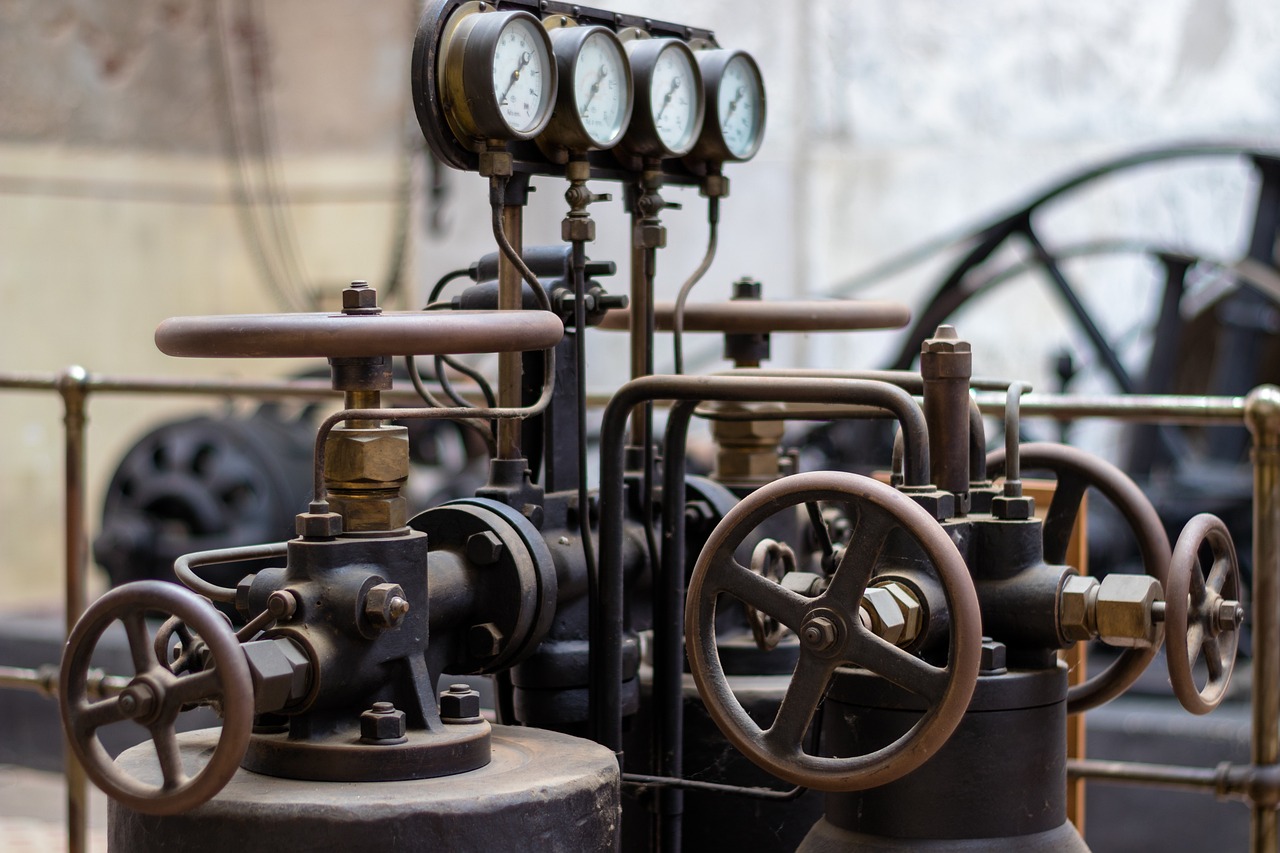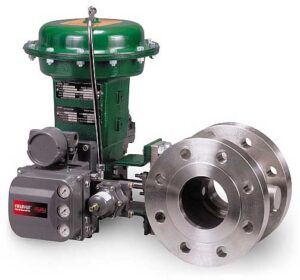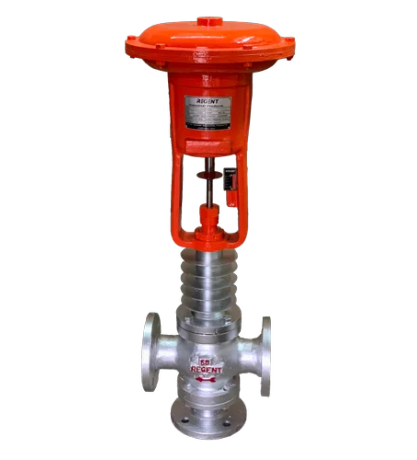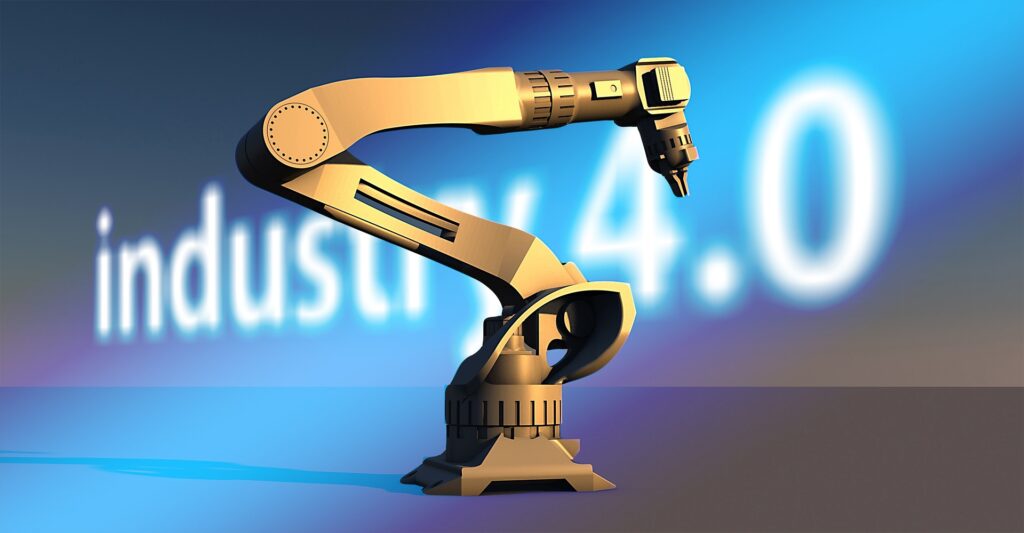In the realm of process control, precision is paramount. Industries ranging from manufacturing to petrochemicals rely on precise control of variables like temperature, pressure, and flow rates to ensure efficiency and safety. Enter the PID control valve, a crucial component that plays a pivotal role in maintaining control in these processes. In this article, we’ll delve deep into the world of PID control valves, exploring what they are, how they work, and where they find their applications.

Table of Contents
TogglePID Control Valve: An Overview
The term “PID” stands for Proportional-Integral-Derivative, which represents the three modes of control that this valve employs. In the Proportional mode, the PID control valve reacts to the current error, adjusting the control output proportionally. This means that if the error is large, the valve will act quickly to correct it, providing a rapid response to changes in the process variable.
The Integral mode focuses on the accumulated error over time. It ensures that even small, persistent errors are corrected by adjusting the control output slowly but consistently.
The Derivative mode considers the rate of change of the error. It prevents overshooting by dampening the control output when the error is changing rapidly.
Operation Principle of a PID Control Valve
A PID control valve, which stands for Proportional-Integral-Derivative control valve, operates based on a sophisticated control algorithm designed to regulate various process variables, such as temperature, pressure, flow rates, and more. This control algorithm is commonly used in industrial automation to maintain precise control over these variables, ensuring optimal system performance.
The operation principle of a PID control valve can be broken down into three key components:
Proportional Control (P):
In the Proportional mode, the PID control valve responds to the difference between the desired setpoint and the actual process variable, known as the “error.” It adjusts the valve’s position or opening proportionally to the magnitude of this error. When the error is large, the valve moves quickly to correct it, providing a rapid response to changes in the process variable.
Integral Control (I):
The Integral mode focuses on the accumulated error over time. It ensures that even small, persistent errors are addressed. The PID controller calculates the integral of the error and adjusts the valve’s position slowly but consistently to eliminate any long-term discrepancies between the setpoint and the actual value.
Derivative Control (D):
The Derivative mode takes into account the rate of change of the error. It helps prevent overshooting and oscillations in the system by dampening the control output when the error is changing rapidly. This ensures a smooth and stable response to sudden fluctuations in the process variable.
Together, these three modes work harmoniously to fine-tune the control valve’s position continuously. The PID controller calculates the control output by combining the proportional, integral, and derivative actions, striving to minimize the error and maintain the process variable as close to the desired setpoint as possible.
The PID control valve acts as a smart and adaptive regulator, making real-time adjustments to ensure that the controlled variable remains within the specified range.
Components of a PID Control Valve
PID Control valves are essential devices in the field of process control and automation. They play a crucial role in regulating the flow of fluids, gasses, or other substances within a pipeline or process system. To understand how control valves work, it’s important to familiarize yourself with their main components:
 Valve Body:
Valve Body:
The valve body, also known as the valve casing or housing, is the main structural component of the control valve. It provides the necessary strength and support for the valve’s operation.
The shape and design of the valve body can vary depending on the specific application and flow requirements. Common shapes include globe, ball, butterfly, and more.
Valve Trim:
The valve trim consists of the internal components responsible for controlling the flow. It includes components like the valve plug, seat, and other parts that come into direct contact with the flowing fluid.
The type of valve trim used determines the flow characteristics of the control valve, such as linear, equal percentage, or quick opening.
Actuator:
The actuator is the mechanism responsible for moving the valve trim to control the flow. It converts an input signal (typically from a control system) into physical movement.
There are various types of actuators, including pneumatic, electric, hydraulic, and manual. Each type has its advantages and is chosen based on factors like speed, precision, and environmental conditions.
Smart Positioner:
The smart positioner is an essential component often used in conjunction with the actuator. It fine-tunes the valve’s position to achieve precise control.
It receives a control signal from the process controller and adjusts the actuator’s position to maintain the desired setpoint.
Bonnet:
The bonnet is an enclosure that covers the valve’s stem and actuator assembly. It serves to protect these components from environmental factors and, in some cases, to provide thermal insulation.
Stem:
The stem is a rod-like component that connects the actuator to the valve plug. When the actuator moves, it transmits this motion to the valve plug, allowing it to open or close.
Packing and Seals:
Packing and seals are used to prevent leakage of the process fluid from the valve. Packing is typically located around the valve stem, while seals are positioned at various points within the valve body.
Yoke and Bonnet Bolting:
These components secure the bonnet to the valve body and ensure that the valve operates securely and safely under pressure.
Position Indicator:
A position indicator is often attached to the valve stem or actuator to provide visual feedback on the valve’s position. This helps operators monitor the valve’s status.
Flanges and Connections:
Control valves are connected to the pipeline or process system through flanges or other types of connections. These connections ensure a secure attachment and facilitate easy maintenance and replacement.
Smart Positioner in PID control valve
A smart positioner is a vital component in the world of process control, specifically designed to enhance the performance and precision of PID control valves.
What is a Smart Positioner?
A smart positioner is an electronic device that attaches to a control valve. Its primary function is to accurately control the valve’s position, allowing for the precise adjustment of the flow of gases or liquids in a process pipeline. Unlike conventional pneumatic positioners, smart positioners are equipped with advanced sensors, microprocessors, and communication interfaces, making them highly intelligent and adaptable.
Key Features and Functions of Smart Positioner
Position Feedback:

Smart positioners continuously monitor and provide feedback on the actual position of the control valve. This real-time feedback allows for immediate adjustments to maintain the desired setpoint, ensuring the process variable remains within the specified range.
Advanced Control Algorithms:
These devices use sophisticated control algorithms, including PID (Proportional-Integral-Derivative), to optimize valve positioning. This results in faster response times and minimizes overshooting, improving overall control system performance.
Communication Capabilities:
Smart positioners are often equipped with communication interfaces, such as HART (Highway Addressable Remote Transducer) or Fieldbus protocols, allowing seamless integration into modern control systems. This enables remote monitoring, diagnostics, and configuration, enhancing operational efficiency.
Self-Diagnostics:
Many smart positioners have self-diagnostic features that can detect issues with the valve or positioner itself. This proactive approach to maintenance can prevent costly downtime and improve reliability.
The market for smart positioners, a crucial component in process control and automation, is highly competitive, with several reputable manufacturers known for their quality and innovation.
Market leaders in the manufacturing of smart positioners:
Siemens AG:
Siemens is a global conglomerate known for its extensive range of industrial automation and control solutions. They offer a comprehensive lineup of smart positioners designed to enhance the performance of control valves in various industries.
Emerson Electric Co.:
Emerson, through its automation solutions division, is a well-respected name in the field of process control. They produce smart positioners under brands like Fisher and Bettis, known for their precision and reliability.
ABB Group:
ABB is a Swiss multinational corporation known for its automation and robotics solutions. Their smart positioners are designed to provide accurate control and integrate seamlessly with industrial control systems.
Yokogawa Electric Corporation:
Yokogawa, a Japanese company, specializes in industrial automation and control technologies. They offer advanced smart positioners designed for critical applications in industries like oil and gas and chemicals.
Metso Corporation:
Metso, now part of Neles Corporation after a merger, is a leading supplier of flow control solutions. They provide smart positioners known for their advanced diagnostics and control capabilities.
Samson AG:
Samson, a German company, is recognized for its control valve technology. Their smart positioners are known for precision and are widely used in industries where accurate control is essential.
Schneider Electric SE:
Schneider Electric offers a range of industrial automation and control solutions, including smart positioners, under brands like Foxboro and Triconex.
Rotork plc:
Rotork, a UK-based company, specializes in flow control and instrumentation. They manufacture smart positioners known for their robustness and adaptability.
Applications of PID Control Valve
Now that we understand the basic functioning, let’s explore where PID control valves are used:
Industrial Automation
In industries like manufacturing, PID control valves are employed to regulate temperature, pressure, and other critical parameters. This ensures consistent product quality and efficient operations.
HVAC Systems
Heating, ventilation, and air conditioning systems rely on PID control valves to maintain comfortable indoor environments. These valves help adjust temperature and airflow with precision.
Chemical Processing Industry
In the chemical industry, where safety is paramount, PID control valves are utilized to control the flow of potentially hazardous substances. Their quick response and accuracy are vital for preventing accidents.
Oil and Gas Industry
In the oil and gas sector, PID control valves are used in refining and distribution processes. They help optimize production and maintain the integrity of pipelines.
Water Treatment Plants
Water treatment plants employ PID control valves to regulate the flow of chemicals for purification. This ensures that water quality meets stringent standards.
Advantages of PID Control Valve
PID control valves offer several advantages, making them the preferred choice in various industries:
Enhanced Precision
Thanks to their three-mode control, PID valves provide precise regulation of process variables, reducing errors and ensuring product consistency.
Energy Efficiency
By maintaining optimal conditions, these valves help conserve energy, reducing operational costs and environmental impact.
Improved Safety
In industries where safety is paramount, PID control valves play a critical role in preventing accidents and ensuring smooth operations.
Versatility
PID control valves can be adapted for various applications, making them a versatile choice for engineers and operators.
FAQs (Frequently Asked Questions)
Q. How does a PID control valve work?
A PID control valve works by continuously adjusting its position based on the error signal, which represents the difference between the desired setpoint and the actual process variable. It uses three modes—Proportional, Integral, and Derivative—to achieve precise control.
Q. What are the common industries that use PID control valves?
PID control valves are widely used in industries such as manufacturing, HVAC systems, chemical processing, oil and gas, and water treatment, among others.
Q. Can PID control valves be customized for specific applications?
Yes, PID control valves can be customized to suit the specific requirements of different processes and industries. This flexibility is one of their key advantages.
Q. What are the key benefits of using PID control valves?
The key benefits of PID control valves include enhanced precision, energy efficiency, improved safety, and versatility, making them an essential component in process control systems.
Q. Are PID control valves suitable for both small-scale and large-scale operations?
Yes, PID control valves can be employed in both small-scale and large-scale operations. Their adaptability makes them suitable for a wide range of applications.
Q. How can I choose the right PID control valves for my application?
Selecting the right PID control valve depends on factors such as the type of process, required precision, and environmental conditions. Consulting with a control valve expert is advisable for making the best choice.
Q. What is a smart positioner?
A smart positioner is an electronic device used in process control and automation to precisely control the position of a control valve. It integrates sensors, microprocessors, and communication interfaces to optimize valve performance.
Q. How does a smart positioner work?
Smart positioners receive control signals from a process controller and use internal sensors to monitor the valve’s position. They then adjust the valve’s position to maintain the desired setpoint, ensuring precise control of fluid flow.
Q. What are the advantages of using a smart positioner?
Smart positioners offer enhanced precision, faster response times, and the ability to integrate with control systems. They also provide remote monitoring and diagnostics, reducing maintenance costs and downtime.
Q. Can smart positioners be used with different types of control valves?
Yes, smart positioners are compatible with various types of control valves, including globe, ball, butterfly, and others. They can be adapted to suit different applications and flow control requirements.
Q. What are the typical applications of smart positioners?
Smart positioners are used in industries such as oil and gas, chemical processing, power generation, water treatment, and more. They are applied wherever precise control of fluid flow is essential for efficiency and safety.
Q. Are smart positioners easy to install and configure?
Most smart positioners come with user-friendly interfaces and can be installed by trained technicians. Configuration and tuning may require some expertise to optimize performance for specific applications.
Q. Do smart positioners offer diagnostic features?
Yes, many smart positioners have built-in diagnostic capabilities. They can detect issues with the valve or positioner itself and provide information to help diagnose and address problems quickly.
Q. Can smart positioners be integrated with existing control systems?
Yes, smart positioners are designed to be compatible with various communication protocols, such as HART and Fieldbus, allowing them to seamlessly integrate with existing control systems.
Q. Are smart positioners suitable for use in hazardous environments?
Some smart positioners are designed for use in hazardous or explosive environments and come with appropriate certifications to ensure safety in such conditions.
Q. How can I select the right smart positioner for my application?
Choosing the right smart positioner involves considering factors like the type of control valve, the specific application, environmental conditions, and compatibility with your control system. Consulting with experts or the manufacturer can help you make an informed decision.
Watch our video for PID Control
Conclusion
In the world of process control, PID control valves stand as indispensable tools that provide precision, efficiency, and safety. Their ability to adapt to various industries and applications makes them a cornerstone of modern automation and control systems. Whether you are managing a complex manufacturing process or maintaining a comfortable indoor environment, PID control valves are there to ensure things run smoothly.
Remember, when it comes to precision and control, the PID control valve is the unsung hero behind the scenes, working diligently to keep our processes on track.
Bonus paragraph: Manufacturer
Several manufacturers produce control valves for various industries, including Emerson Electric Co., known for brands like Fisher, Bettis, and Baumann; Flowserve Corporation, which offers valves under brands like Valtek, Kammer, and Limitorque; Honeywell International Inc., manufacturing valves through brands like Masoneilan and Duratherm; Schlumberger Limited, with brands like Cameron and Grove; and Samson AG, renowned for its control valve products. These companies offer a wide range of control valves catering to different applications and industries, providing solutions for fluid control and regulation.
 Valve Body:
Valve Body:
